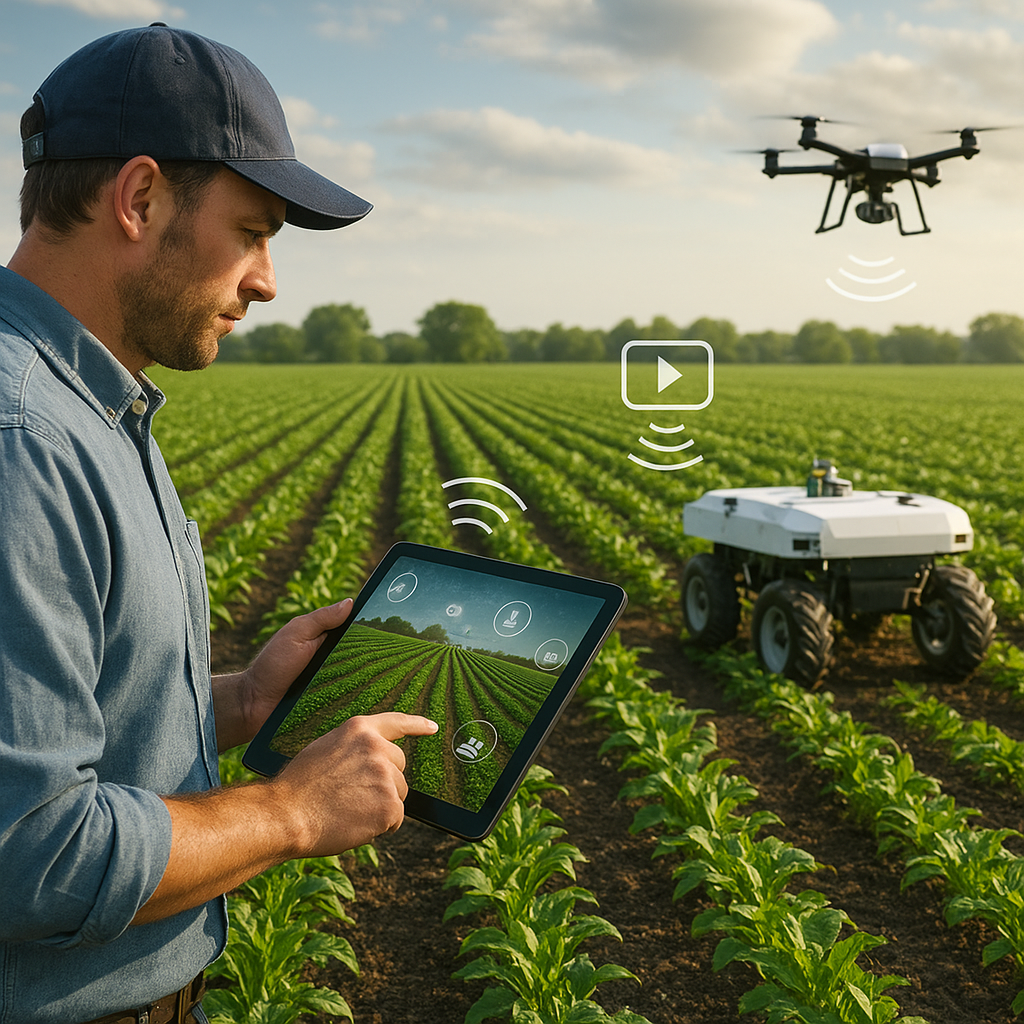Community-led urban farming initiatives are transforming city landscapes and fostering a sense of togetherness among urban dwellers. These initiatives not only provide fresh, locally-grown produce but also create green spaces, promote sustainability, and strengthen community bonds.
The Rise of Urban Farming
Urban farming has seen a significant rise in popularity over the past decade. As cities become more densely populated, the need for sustainable food sources and green spaces has become increasingly apparent. Urban farming initiatives, often led by community groups, have emerged as a solution to these challenges. These projects range from small community gardens to large-scale rooftop farms, each contributing to the local food system and the environment in unique ways.
One of the key drivers behind the rise of urban farming is the growing awareness of the environmental impact of traditional agriculture. Transporting food from rural areas to urban centers requires significant energy and resources, contributing to greenhouse gas emissions. By growing food locally, urban farming reduces the carbon footprint associated with food production and distribution. Additionally, urban farms often use sustainable practices such as composting, rainwater harvesting, and organic farming methods, further minimizing their environmental impact.
Another factor contributing to the popularity of urban farming is the desire for fresh, healthy food. Many urban areas are considered “food deserts,” where access to fresh produce is limited. Community-led urban farming initiatives address this issue by providing residents with access to fresh, locally-grown fruits and vegetables. This not only improves the nutritional quality of the food available but also fosters a greater connection between people and the food they eat.
Building Stronger Communities
Beyond the environmental and nutritional benefits, community-led urban farming initiatives play a crucial role in building stronger, more resilient communities. These projects bring people together, creating opportunities for social interaction and collaboration. In many cases, urban farms serve as community hubs, hosting events, workshops, and educational programs that engage residents and promote a sense of belonging.
One of the most significant social benefits of urban farming is its ability to bridge social and economic divides. Community gardens and farms often attract a diverse group of participants, including people of different ages, backgrounds, and income levels. By working together towards a common goal, individuals can build relationships and foster a sense of unity. This sense of community is particularly important in urban areas, where social isolation and disconnection are common issues.
Urban farming initiatives also provide valuable opportunities for education and skill-building. Many projects offer workshops and training programs on topics such as gardening, composting, and sustainable living. These programs not only equip participants with practical skills but also raise awareness about environmental issues and the importance of sustainable practices. For children and young people, involvement in urban farming can be particularly impactful, fostering a sense of responsibility and a connection to nature.
Case Studies of Successful Urban Farming Initiatives
Several successful community-led urban farming initiatives around the world serve as inspiring examples of what can be achieved through collective effort and innovation. One such example is the “Incredible Edible” project in Todmorden, England. This initiative began in 2008 with the goal of transforming the town into a self-sufficient community by growing food in public spaces. Today, the project has expanded to include numerous community gardens, educational programs, and partnerships with local businesses. The success of Incredible Edible has inspired similar projects in other towns and cities worldwide.
In the United States, the “Detroit Black Community Food Security Network” (DBCFSN) is another notable example. Founded in 2006, DBCFSN aims to address food insecurity and promote food sovereignty in Detroit’s African American community. The organization operates a seven-acre urban farm, which produces a variety of fruits and vegetables for local residents. In addition to food production, DBCFSN offers educational programs, advocacy efforts, and community events that promote healthy eating and sustainable living.
In Singapore, the “Edible Garden City” initiative has transformed the urban landscape by integrating food production into the city’s architecture. This project focuses on creating rooftop gardens, vertical farms, and other innovative growing spaces in urban areas. Edible Garden City not only provides fresh produce to local residents but also promotes sustainable living and environmental awareness through workshops and community events.
Challenges and Future Directions
While community-led urban farming initiatives offer numerous benefits, they also face several challenges. One of the primary obstacles is access to land. In densely populated urban areas, finding suitable spaces for farming can be difficult. Many projects rely on vacant lots, rooftops, or repurposed public spaces, but securing long-term access to these areas can be challenging. Additionally, urban farmers often face regulatory hurdles, such as zoning laws and building codes, that can limit their ability to grow food in certain areas.
Another challenge is funding. Many community-led urban farming initiatives operate on limited budgets and rely on grants, donations, and volunteer labor to sustain their operations. Securing consistent funding can be difficult, particularly for smaller projects. To address this issue, some urban farms have developed innovative business models, such as selling produce through farmers’ markets or community-supported agriculture (CSA) programs, to generate revenue and support their activities.
Despite these challenges, the future of community-led urban farming looks promising. As awareness of the benefits of urban agriculture continues to grow, more cities are recognizing the value of supporting these initiatives. Some municipalities have implemented policies and programs to encourage urban farming, such as providing grants, offering technical assistance, and creating land-use plans that prioritize green spaces and food production.
In addition to policy support, technological advancements are also driving the future of urban farming. Innovations such as hydroponics, aquaponics, and vertical farming are making it possible to grow food in even the most constrained urban environments. These technologies not only increase the efficiency and productivity of urban farms but also reduce their environmental impact by minimizing water and resource use.
Conclusion
Community-led urban farming initiatives are playing a vital role in transforming cities into more sustainable, resilient, and connected communities. By providing fresh, locally-grown produce, creating green spaces, and fostering social interaction, these projects offer numerous benefits to urban residents. While challenges remain, the continued growth and innovation in urban farming hold great promise for the future. As more people come together to grow food and build community, the positive impact of these initiatives will only continue to expand.










